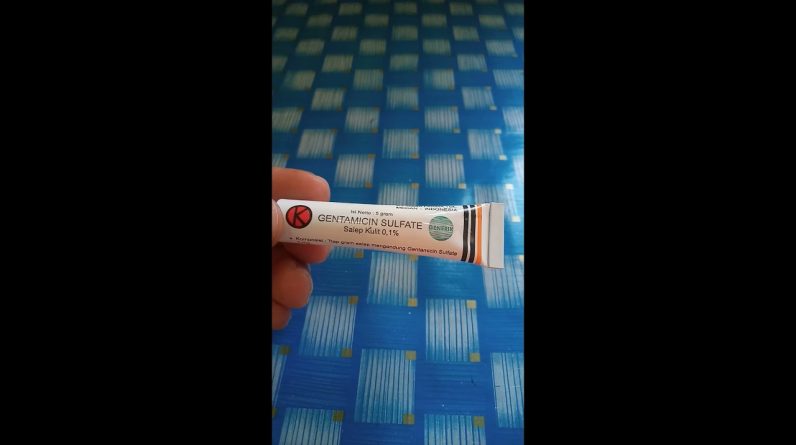Toenail fungus — also known as fungal nail infections — can be embarrassing and long-lasting. It can cause discolouration, foot odour and pain. Over time, people have come up with many different remedies for treating this common foot condition. One such home remedy is the toenail fungus vinegar soak — This video will show you what is better for toenail fungus, white vinegar or apple cider vinegar. And how to apply it.
There is a lot of anecdotal evidence to suggest vinegar foot soaks can help you to get rid of fungal toenail infections over time and with repeated use.
There are further benefits to a vinegar soak. It could remove dry, cracked or dead skin cells from your feet. It’s also thought that giving your feet a vinegar bath could help tackle other fungal infections, like athlete’s foot.
The idea behind taking a vinegar foot soak for toenail fungus is relatively simple: vinegar is acidic, which gives it antifungal and antibacterial properties.
To explain a bit further, vinegar is a diluted form of acetic acid. This is of course, one that is perfectly harmless, we put it in and on our food. As a result, it is an antifungal agent — meaning it slows down the growth of some types of foot fungus and may kill fungus entirely.
It will make your body less hospitable to fungus because the acidity affects the pH level of your skin. This makes fungal overgrowth and infection much more unlikely.
If you would like to try out a vinegar foot bath at home, you can follow the instructions below.
Step 1: Get a bottle of vinegar. The type of vinegar you use doesn’t necessarily matter — most people either take a white vinegar foot soak or an apple cider vinegar foot soak. The important thing is the pH of the vinegar, which should typically be 2-3. So, it’s not a question of what is better for toenail fungus, white vinegar or apple cider vinegar, it’s a question of whether you’ve selected vinegar with a pH of 2-3.
Step 2: Fill a sink or bowl with 1 part vinegar and 2 parts warm water. You can add a cup at a time if you’re worried about getting quantities right, but this is just a rough guide.
Top tip: if you’re finding the smell of vinegar too strong or unpleasant, you can add a few drops of essential oils to the mixture, such as lavender oil.
Step 3: Soak your foot or both your feet for 15-30 minutes daily in the mixture. Do not soak for longer than 30 minutes.
Step 4: Make sure that you dry your foot or feet thoroughly after your soak. The fungus grows best in a moist environment, so leaving feet damp encourages fungal growth — especially if you are putting on socks or shoes next.
Step 5: Repeat this process daily until you can see that your infection has disappeared.
If you have particularly sensitive skin, you may find that vinegar causes some skin irritation. If this is the case, you can try decreasing the time you spend soaking your feet to 10-15 minutes or diluting the mixture with more water. You could also try reducing the amount of foot soaks you try to a few times a week instead.
Similarly, if you aren’t having any skin irritant issues and are not seeing any improvements, you can increase the vinegar in the mixture to equal parts vinegar and water. You can also try and bathe your feet twice a day.
If your condition is severe, it is unlikely that a vinegar foot soak on its own will rid you of toenail fungus. In these situations, it is best to seek advice and a prescription treatment from your doctor. Medical treatments don’t tend to work immediately, so you may be able to continue using vinegar soaks while you’re waiting for the medication to kick in — as long as your doctor says it’s okay.
I hope you have enjoyed this video.
If you have, please subscribe to this YouTube channel, and don’t forget to give this video the thumbs up.
And I’m sure you’re going to enjoy this next video on the How To Get Rid of TOENAIL FUNGUS With Baking Soda & Vinegar
Thanks for watching and bye for now.
source








